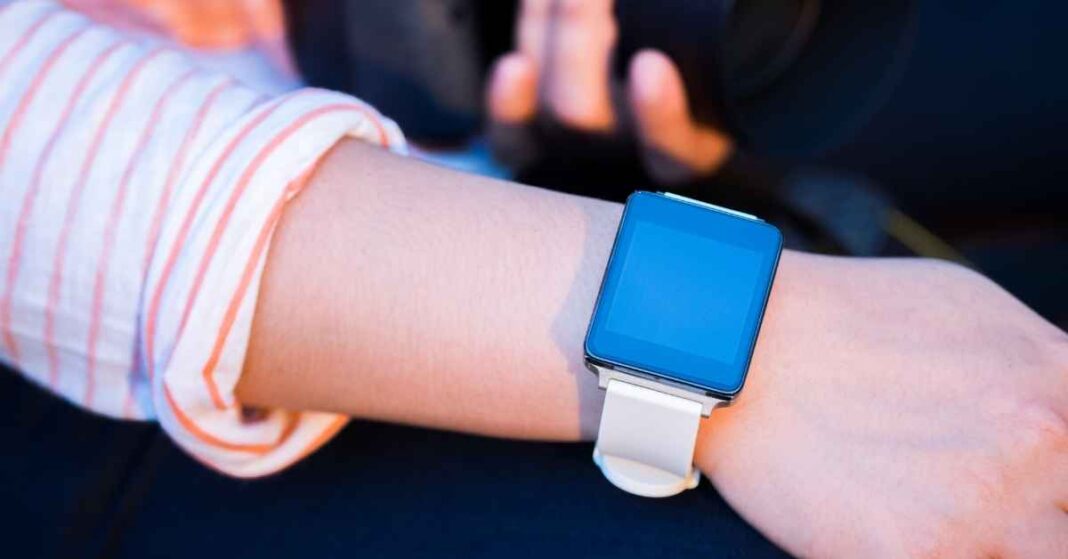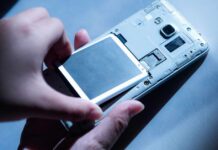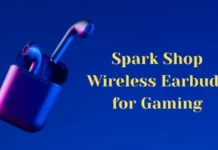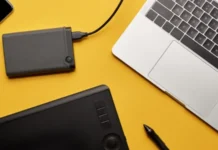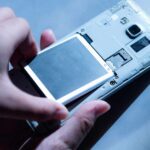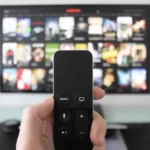The world of wearable or wearable devices (in English wearable devices or wearables ) is still a minority sector.
But month after month, the number of units sold increases and the interest of the rest of the consumers, although focused on the activity bracelets.
In addition, after the arrival of the Apple watch, the rest of the smartwatches have been selling better due to greater consumer attention in Android alternatives.
The most exciting products right now are smartwatches or smartwatches with Android Wear, renamed in early 2018 to Wear OS, Google’s commitment to the sector, and compatible with both Android and iOS phones.
But there are also other proprietary systems, such as the one used in Samsung watches that use Tizen or the basic systems of Garmin watches and bracelets.
The most common use of wearable devices is to quantify physical activity, such as keeping track of steps, calories burned, or sleep cycles.
What WearOS Needed
There is no doubt that the new version of WearOS is the great novelty of the Galaxy Watch 4 Classic, although it is far from the only one. But the software and platform improvements are so significant that they overshadow the rest of the news.
This is an intuitive, fast and complete operating system, which fits like a glove on the Galaxy Watch 4; It doesn’t feel like the first of its kind; it’s as if Samsung and Google have been collaborating for decades. And the result is exceptional.
If you’ve always been envious of the Apple Watch but didn’t want to leap the iPhone and Apple’s restricted platform, we finally have the same thing, but for Android.
Integration with Android mobiles is very high, including one of my favourite features: that the same app is installed on your watch as on your mobile.
Watches and bracelets can be classified by their functionalities and appearance within the wearable sector.
Also Read: Types of Mobile Application Development Platforms
These are products with more complex electronics since they include a touch screen, a sufficiently powerful processor —currently with a couple of cores— between 512 MB and 1 GB of RAM, and 4 GB of storage.
They are, therefore, like miniature smartphones, with access to an application store to install applications of all kinds and not only related to physical activity. A microphone in some models allows them to answer or make calls with them.
Activity bracelet or quantifying bracelet: they are usually simple bracelets with or without a small screen to display information or function as essential watches.
They are usually cheap and focused on simple exercises like walking, running, running on a treadmill or stationary bicycle.
Sports watch: they have the usual watch appearance and include the functionalities to track physical activity. The manufacturer may provide a small app store via an app for the paired phone for sports to be installed on them or provide new watch faces.
Smartwatches, fitness bracelets, and sports watches include various sensors to measure steps taken, distances travelled, undisturbed sleep, and heart rate.
At the moment, there is no definitive application that makes them essential devices for any consumer’s day-to-day life, and this reason, they exploit their facet as devices for people who like to carry out physical activities of all kinds.
The included sensors, especially the heart rate sensor, can be used in the best models with sufficient (not ideal) accuracy for other purposes, such as carrying out a medical evaluation of the wearer.
That is why watches are designed to access important information for a few seconds, such as notifications or a quick text message, but nothing that requires more than 10 to 15 seconds.
Due to its low battery, in the range of 300 to 400 mph in the case of watches with a colour screen, none would last more than 2 or 3 hours if used intensely.
Any task that cannot complete in a few seconds is best done on the phone.
Also Read: How Does AI Work?

